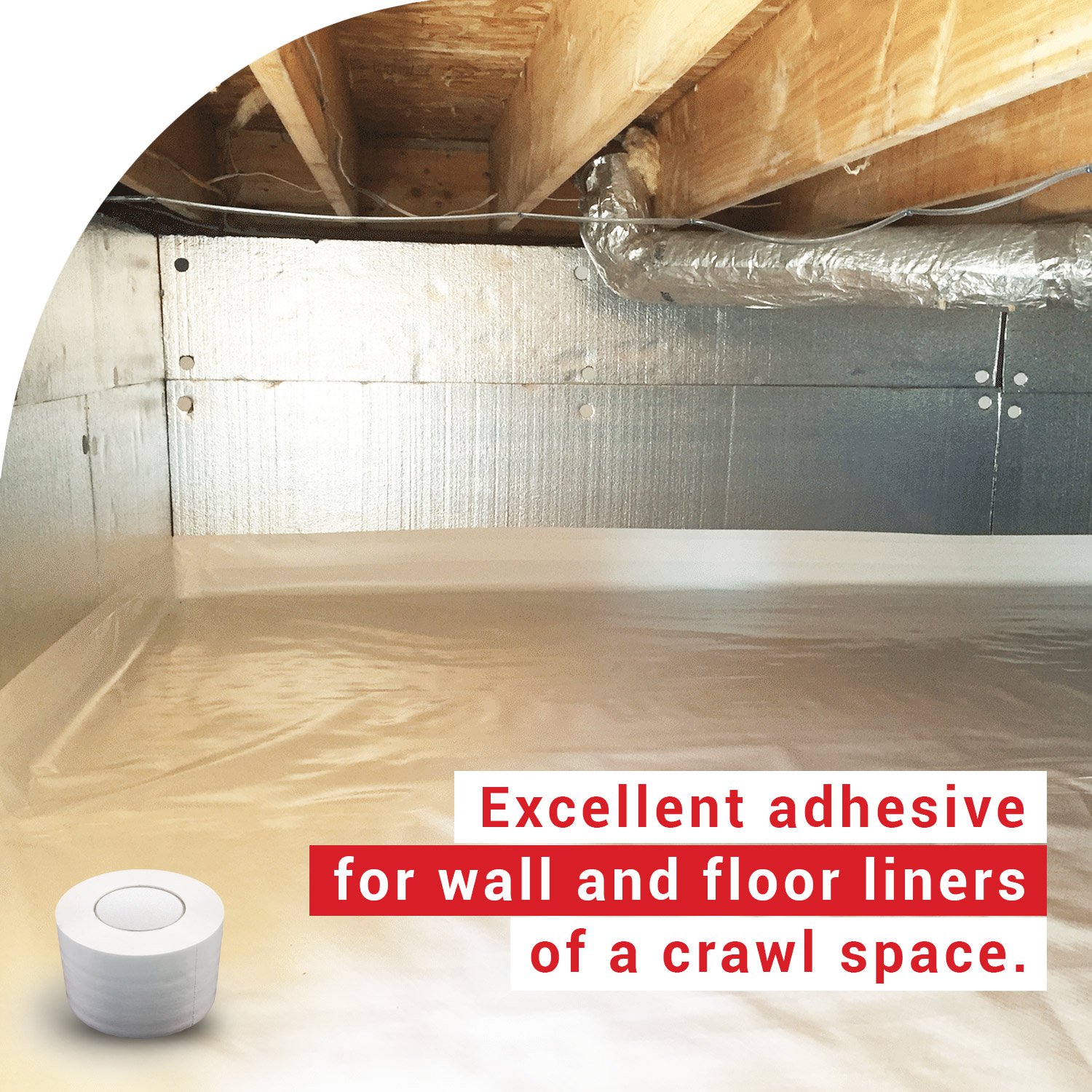

If the vapor barrier is behind drywall – which is the case in a finished basement – the only way to inspect it would be to remove the drywall. A vapor barrier would only need to be replaced if it became torn. If the tape over the seams starts to come off, it can be re-taped. Learn more about: Common causes of basement leaksĪ vapor barrier installed in a basement should last for the lifetime of the home. Using interior and exterior drain tile systems. Drain tile systems collect water and channel it away from the foundation via gravity or a sump pump.Regrading a yard so that it slopes away from the foundation. You don’t want water from rain or sprinklers flowing back toward your foundation and soaking into the soil.Cleaning gutters regularly. Water from clogged gutters can spill over the side of your home and soak into the soil next to the foundation.Using downspout extensions to channel water away from the foundation. Downspouts that are too short will dump water into the soil next to the foundation.In a basement waterproofing system, this involves collecting the water at various points and directing it away from the foundation and, Therefore, the secret to a dry basement involves ensuring the ground around and under the home’s foundation never gets saturated with water. Since concrete is porous, water in the soil will eventually make its way through the concrete walls of the foundation and into the basement.


 0 kommentar(er)
0 kommentar(er)
